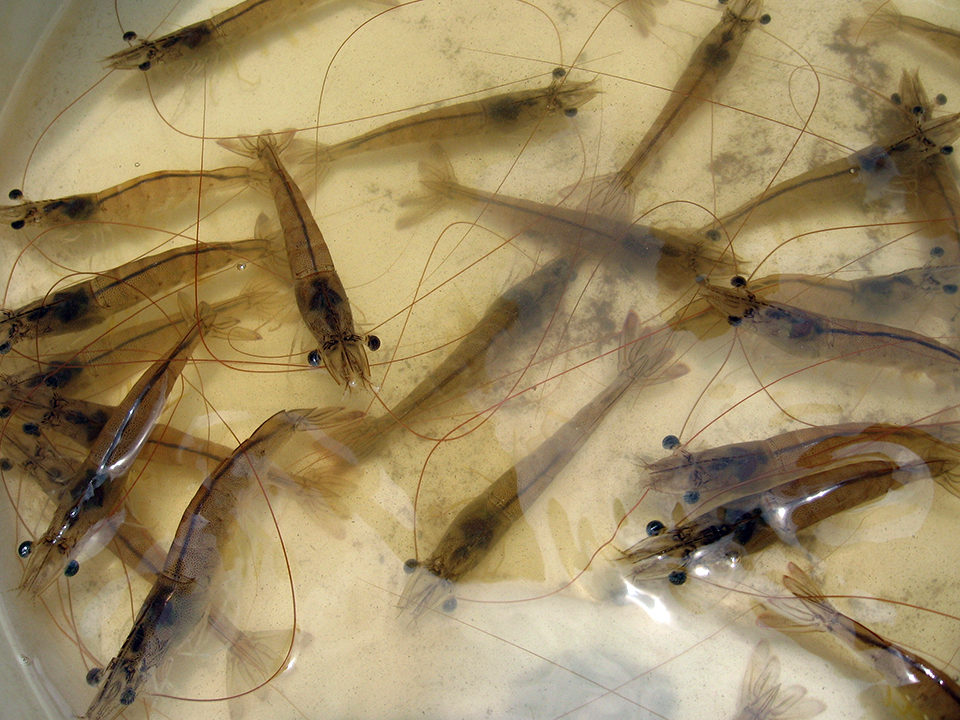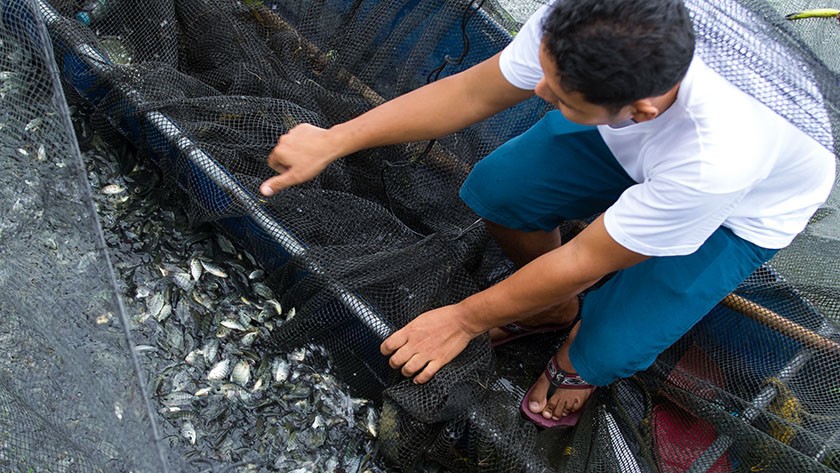The Bureau of Fisheries and Aquatic Resources (BFAR) warned against viruses found in tilapia and shrimps after many dead fish were found floating on the waters of Laguna Lake last June.
According to reports and analysis from the team of BFAR, this incident may have been caused by the lowering of oxygen level or a sudden change in temperature. BFAR also warned the public against the tilapia lake virus, which may cause widespread deaths among the fish.

“It’s a virus targeting the internal organs, the liver, and the brain no’ng mga alaga po nating tilapia,” BFAR Region IV-A Director Sammy Malvas said.

IS HIGHLY LETHAL AND CONTAGIOUS, KILLING SHRIMP QUICKLY.
Meanwhile, shrimp are also at risk of the white spot syndrome virus and acute hepatopancreatic necrosis disease. White spot syndrome (WSS) is a viral infection of penaeid shrimp. The disease is highly lethal and contagious, killing shrimp quickly. Acute hepatopancreatic necrosis disease (AHPND) on the other hand, is a newly emerging shrimp disease that has severely damaged the global shrimp industry
“‘Pag sa gabi, makikita mo na parang maraming ilaw doon sa tubig at isa [ito] sa mga senyales na mayroon white spot syndrome. Ang tinatamaan lang nito ang internal organs nila and so it will cause mass mortality pag ito po ay dumapo sa ating mga shrimp farms,” Malvas explained.

ACUTE HEPATOPANVREATIC NECROSIS DISEASE (AHPND).
While these diseases among shrimps are not new, a rising number of cases have been recorded in recent years. BFAR said it continues to monitor the situation and advised tilapia and shrimp fishers to have biosecurity measures in place against the said viruses.
The agency will also be requiring a health certificate for the transportation of tilapia and shrimp fingerlings.
“Lahat po ng movement, kailangan po nilang kumuha ng health certificate muna sa pinakamalapit na BFAR office or laboratory para ma-analyze po ‘yung samples just to make sure na wala pong dalang sakit po ‘yung mga semilya na kanilang ita-transport,” Malvas said.
He also assured the public that the viruses in the shrimps are not fatal to humans. “For the white spot syndrome, wala po siyang effect sa tao ‘pag kinain. Basta ‘pag buhay pa siya, wala naman pong effect. But ‘pag namatay na, hindi natin alam kung ilang oras na siyang nakalutang, posibleng may mga bacteria na or any other harmful organisms andoon sa patay na isda tapos nakain, that may cause harm sa tao,” he said.
With additional reports: http://www.gmanetwork.com, Julia Mari Ornedo
Photo courtesy: AHON SA HIRAP Inc., Global Aquaculture Alliance, Philippine New Agency, Texas SaltWater Fishing Magazine






